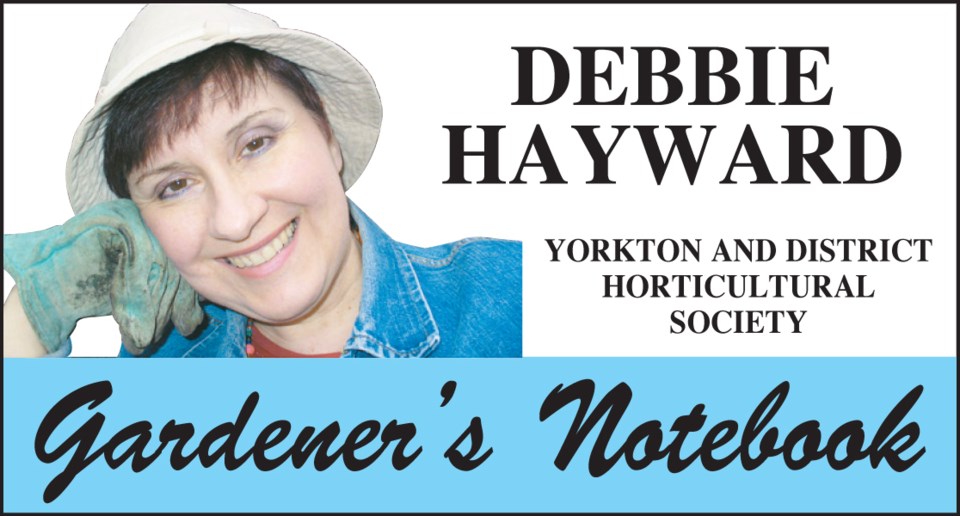The next meeting of the Yorkton and District Horticultural Society will be on Thursday, March 21 at 7:00 p.m. at SIGN on North Street. Our special guest will be Sasha Howland speaking to us about bees and honey. This is a fascinating topic; we know how wonderful and extraordinary bees are, and how important they are to nature and to us. I know it will be a very interesting presentation! Everyone is welcome; you don’t have to be a member of the group to attend the presentation. Please note the date of this meeting: on a Thursday, for this occasion only. Thursday, March 21 at 7:00 p.m. at SIGN.
What is a microclimate? We often hear the word, but what exactly does it mean? The Oxford dictionary defines a microclimate as “The climate of a very small or restricted area, especially when this differs from the climate of the surrounding area.” This can be a controlled climate, like that in a greenhouse, or it can happen naturally, such as in a valley or on the side of a hill that receives more sun than the other side. It can occur in an area that is surrounded by many trees that block out chilling winds but still lets in a good amount of sun.
It can even happen right in our own yards. A country garden may have the benefit of a solid, mature shelter belt to create a microclimate within the yard. In the city, we have a different type of microclimate because of buildings being close together, fences around our yards, and pavement through the city that absorbs heat during the day and releases it at night.
A microclimate is based on several factors: moisture, temperature, and wind or airflow. For example, when we walk into a greenhouse, the humidity is often the first thing we notice, and then we notice that fans or vents are open to provide airflow. Outdoors, we have to consider factors like dew, rain, frost, strong winds, no winds, bright sunshine… there are many things in the mix, but they all combine to create a little pocket of a climate that is different from the surrounding area.
What does this mean to us gardeners? It means that in some ways, we may be able to be a little bolder in some plant choices if we have a sheltered microclimate. As gardeners, don’t we always read what zone is recommended for a certain plant, and if we like the look of the plant, we go ahead and try it anyway, even if it isn’t for our zone? We’re willing to make that little extra effort for creating an ideal space or extra winter protection. With microclimates, we have some leeway to a point.
We all have microclimates without even realizing it. Look around your yard. Have you noticed how perennials up against the south-facing side of your house come up earlier? The heat from your foundation and the heat from the sun bouncing off the wall have created a small microclimate. Do you have a flowerbed along your driveway or along a concrete path? Again, a little microclimate because the concrete will absorb heat during the day and create a warmer environment for your plants.
What about plants that might like a little less heat, or maybe only morning sun? A microclimate can be achieved along north or east facing walls.
Remember, a microclimate will not make our plants invincible against frost. But in certain conditions, a microclimate may give us a few extra degrees, up or down, that can make a difference to some of our plant choices.
Visit the Yorkton and District Horticultural Society at www.yorktonhort.ca and have a great week!



